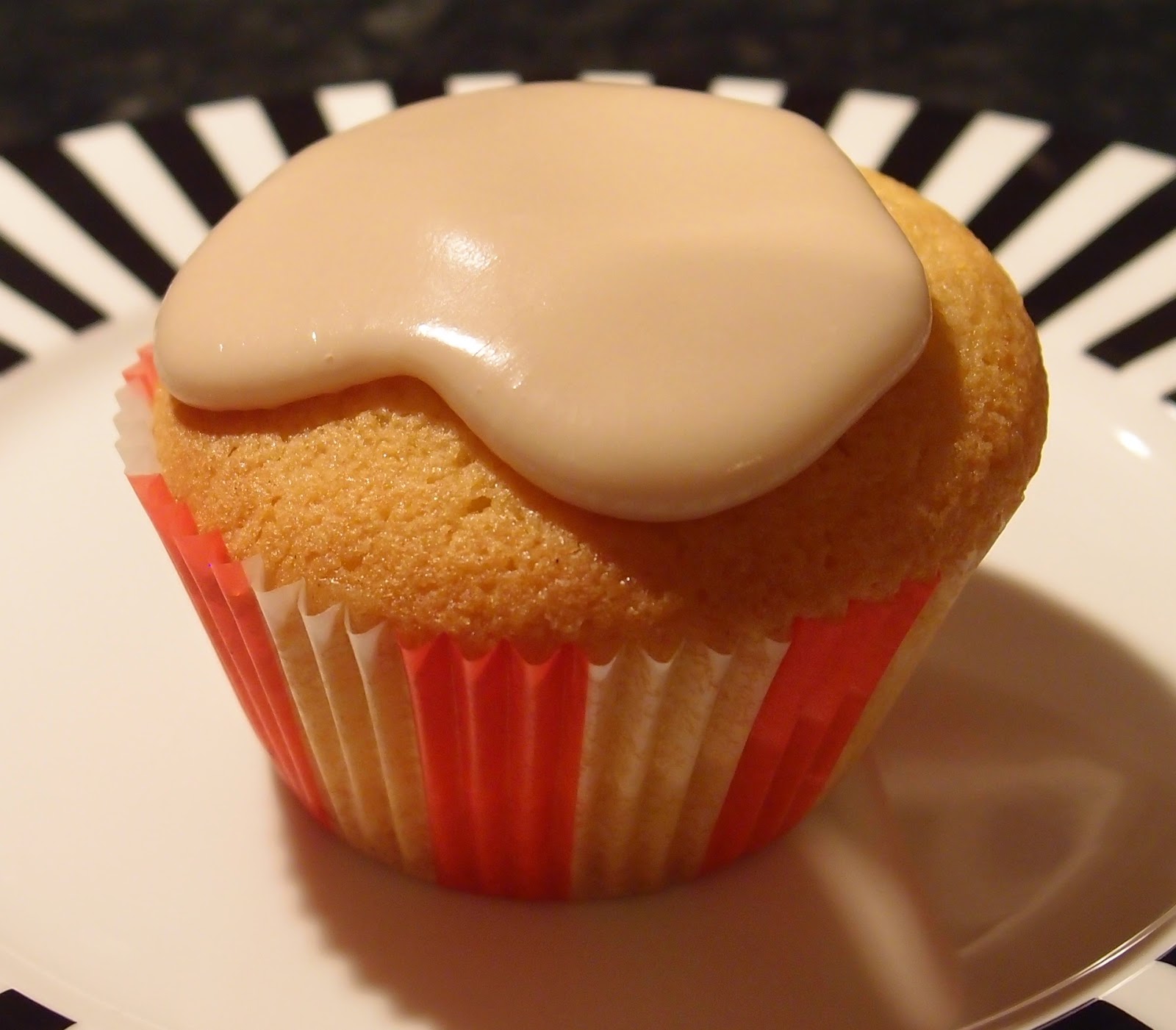When
I saw some beautiful blood oranges for sale I bought two without really knowing
what I was going to do with them. Did I mention how beautiful they
were? Having given the matter some thought, I decided on a blood orange
upside down cake but wanted something a little more than a standard
sponge. One of my first ever posts, way back in the mists of 2007, was an
almond sponge.
I have taken this recipe and switched the variety of sugar (from caster to soft
light brown) and added some zest.
Orange
and almond is a lovely combination – both add so much in terms of flavour and
texture. The first hit is the sharp citrus zing of the orange, then the
almost creaminess of the almond takes over.
The cake keeps beautifully for days; it actually improves with age as
the almond releases its oil…I think this is almond’s greatest gift to baking!
Blood oranges can be a bit of a lottery; until you cut it open you never know whether it will look disappointingly like an ordinary orange or gloriously, glowing red. Mine had flashes of red but weren’t the vivid red I was hoping for.
This post will be my last for a while. I’m going to take a short break from blogging. If I’m honest, I feel like I’ve lost my baking mojo of late; I haven’t yet settled into my new kitchen and need to have a tinker with the layout to get things right so I feel happy and relaxed again during my baking. Fear not – I am the Arnold Schwarzenegger of baking….I will be back!
Ingredients
For
the blood oranges:
50g unsalted butter, at room temperature
50g soft light brown sugar
2 blood oranges, peeled and cut into slices
50g unsalted butter, at room temperature
50g soft light brown sugar
2 blood oranges, peeled and cut into slices
For the sponge:
225g unsalted butter, at room temperature
225g soft light brown sugar
4 eggs
Grated zest of one blood orange
1 teaspoon almond extract
225g plain flour
1 teaspoon baking powder
50g ground almonds
225g unsalted butter, at room temperature
225g soft light brown sugar
4 eggs
Grated zest of one blood orange
1 teaspoon almond extract
225g plain flour
1 teaspoon baking powder
50g ground almonds
Method
Preheat
the oven to 160C/fan oven 140C/325F/gas mark 3.
Line
a 20cm round with baking paper. It is advisable to wrap the outside of
the tin with foil in case the oranges ooze juice during baking – better to have
a sticky tin, than a sticky oven!
Start
by making the blood orange layer: beat together the butter and sugar until it
is whippy and well combined.
Spread,
as best you can, over the bottom of the cake tin.
Lay
the blood orange slices over the bottom of the cake tin – pack them in as
tightly as you can so it will look pretty when you turn the cake out (the
bottom during baking will become the top when the cake is turned out).
Now
make the sponge: beat together the butter and sugar until the batter is light
and fluffy looking. Do not skimp on this stage.
Beat
in the eggs, one at a time.
Beat
in the orange zest and almond extract.
Fold
in the flour, baking powder and ground almonds. It will be a firm batter but this is ideal as it will absorb the orange juice and hold its shape.
Spoon
the batter over the blood oranges, taking care not to disturb them.
Level
the surface and then spread the batter from the centre out to the edges so it
ends up with a dip in the centre i.e. the batter is higher at the edges than
the centre. This will help keep the top level during baking; the top will
become the base of the cake when baked so keeping it level will save having to
cut any cake away when baked.
Bake
for approximately 1 ½ hours or until a skewer inserted in the cake comes out
cleanly. (Start testing the cake after an hour and 10 minutes).
Let
the cake cool in the tin for about 20 minutes before turning out and leaving to
cool completely on a wire rack. If the top of your cake has peaked during
baking, level the surface with a knife before turning out.
Leave
to cool completely on the wire rack.
Serve
either on its own, or with a blob of cream.
Bask
in the glory of the wonderful thing you have created.
Eat.




















